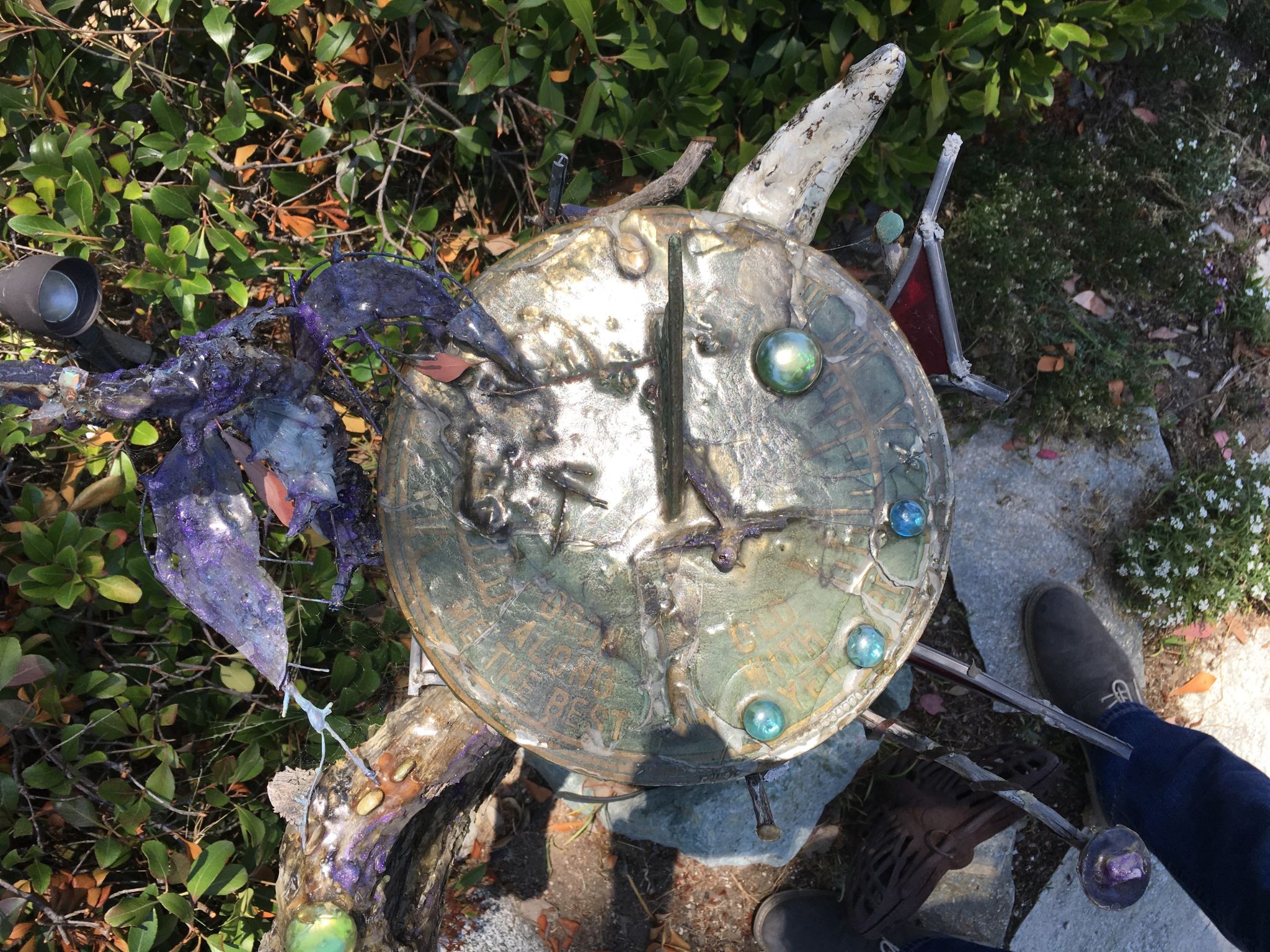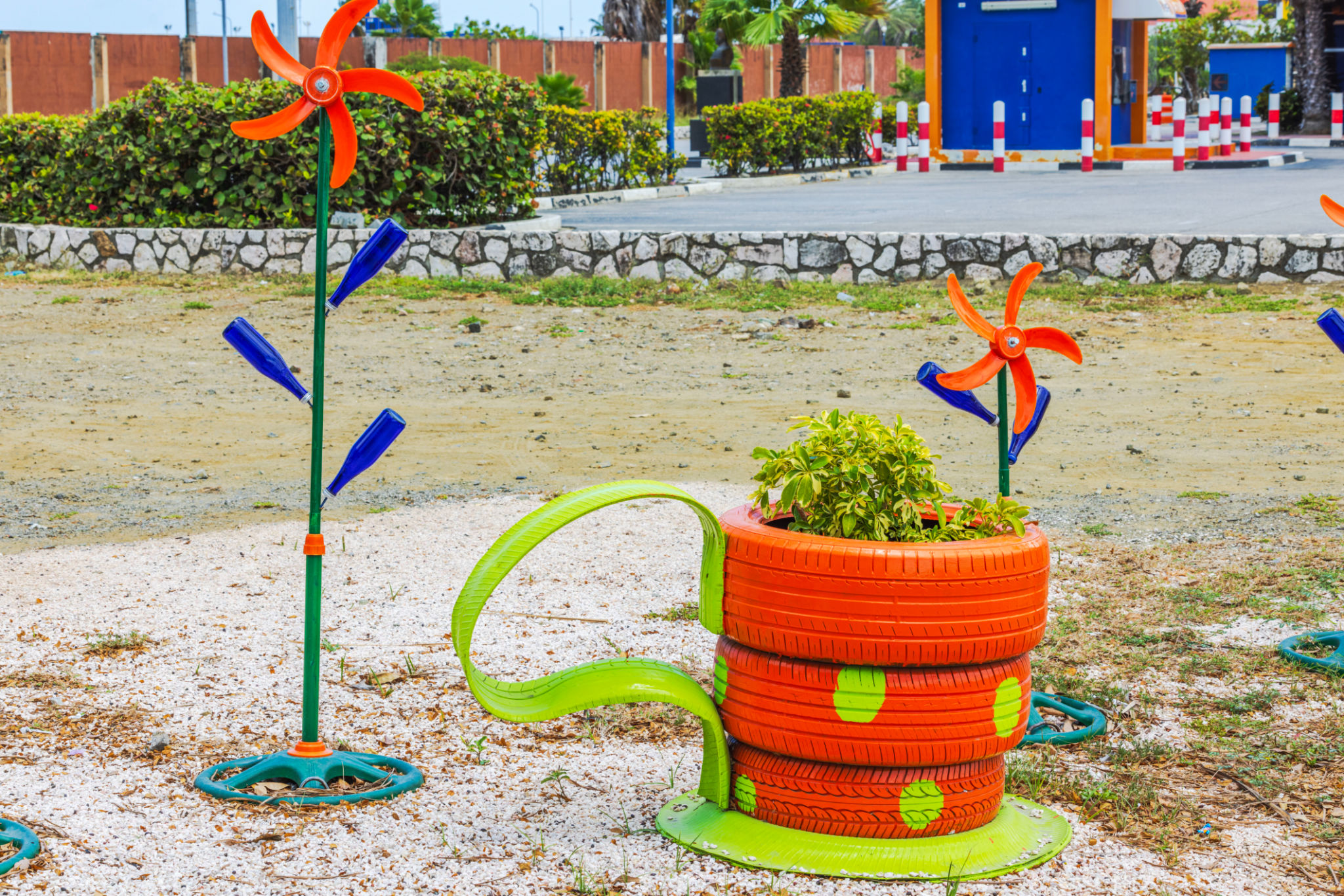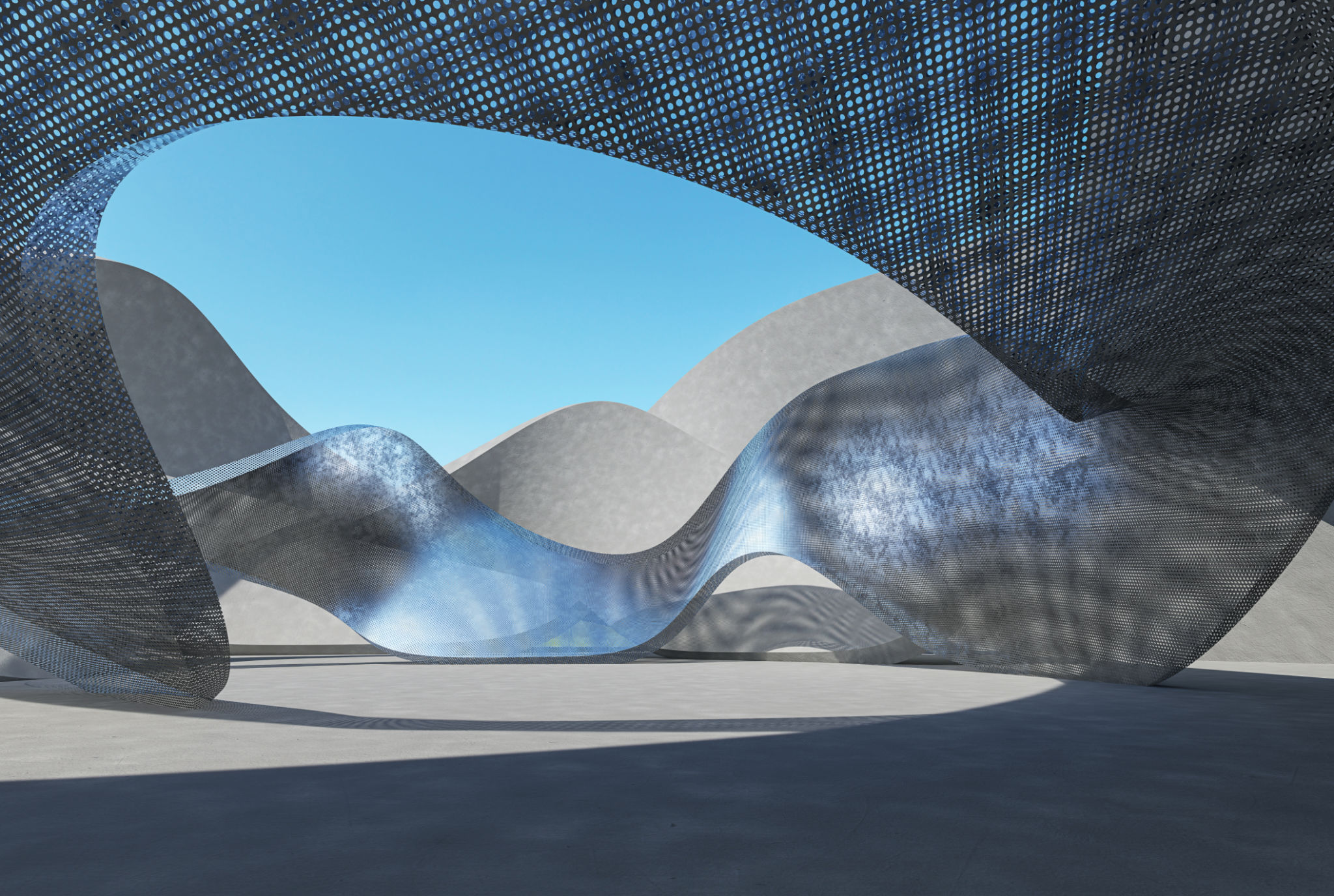The Art of Upcycling: Transforming Waste into Unique Sculptures
The Evolution of Upcycling
In recent years, the concept of upcycling has gained immense popularity, particularly in the art world. This innovative practice involves transforming waste materials into artistic creations, offering a sustainable alternative to traditional art forms. Unlike recycling, which breaks down materials to create something entirely new, upcycling reimagines waste in its current form, turning it into something unique and valuable.

Artists around the globe are embracing upcycling as a means to reduce waste and challenge conventional artistic processes. By using discarded items such as metal scraps, plastic bottles, and old textiles, they craft pieces that not only captivate audiences but also tell compelling stories about environmental consciousness.
Why Upcycling Matters
Upcycling plays a crucial role in promoting sustainability. By repurposing waste materials, artists contribute to reducing landfill waste and minimizing the environmental impact of art production. Moreover, upcycling encourages creativity and innovation, allowing artists to explore new mediums and techniques.
The art of upcycling also raises awareness about consumerism and the lifecycle of products. It challenges people to reconsider their consumption habits and the potential of everyday objects that are often overlooked.

Techniques and Materials in Upcycled Art
Artists who specialize in upcycling employ a variety of techniques to bring their visions to life. Some popular methods include assemblage, where materials are pieced together to create a cohesive sculpture, and welding, which is often used with metal scraps. Other artists might stitch or weave textiles to form intricate designs.
Common materials used in upcycled art include:
- Metal: Old tools, car parts, and industrial scraps are often transformed into striking sculptures.
- Plastic: Bottles and packaging materials can be reimagined into colorful installations.
- Wood: Discarded furniture or pallets offer a rustic charm when incorporated into artwork.

Inspiring Artists in the Upcycling Movement
Several artists have become prominent figures in the upcycling movement, inspiring others to explore this creative path. Artists like Jean Shin and Vik Muniz have gained recognition for their innovative use of everyday objects. Their work often highlights themes of consumption and transformation, urging viewers to reflect on their own relationship with waste.
These artists demonstrate that with imagination and skill, even the most mundane items can be elevated into extraordinary works of art. Their sculptures not only showcase technical prowess but also serve as powerful commentaries on environmental issues.
The Impact on Communities
Beyond individual artistry, upcycling projects often have a profound impact on communities. Workshops and collaborative projects encourage community involvement, fostering a sense of collective responsibility towards waste reduction. These initiatives can empower individuals by providing them with new skills and creative outlets.
Additionally, community-based upcycling projects can lead to economic benefits by generating income through the sale of unique artworks. This can be particularly impactful in areas where traditional economic opportunities are limited.

The Future of Upcycled Art
The future of upcycled art looks promising as more artists and consumers embrace sustainable practices. With increasing awareness about environmental issues, the demand for eco-friendly products continues to rise. Upcycled art not only meets this demand but also offers a fresh perspective on creativity and resourcefulness.
As technology advances, new tools and materials will likely become available to artists, further expanding the possibilities for upcycled creations. This evolution will undoubtedly continue to inspire and challenge both artists and audiences alike.
Ultimately, the art of upcycling is more than just a trend—it's a movement that champions sustainability, creativity, and innovation. By transforming waste into unique sculptures, artists are not only redefining what art can be but also paving the way for a more sustainable future.